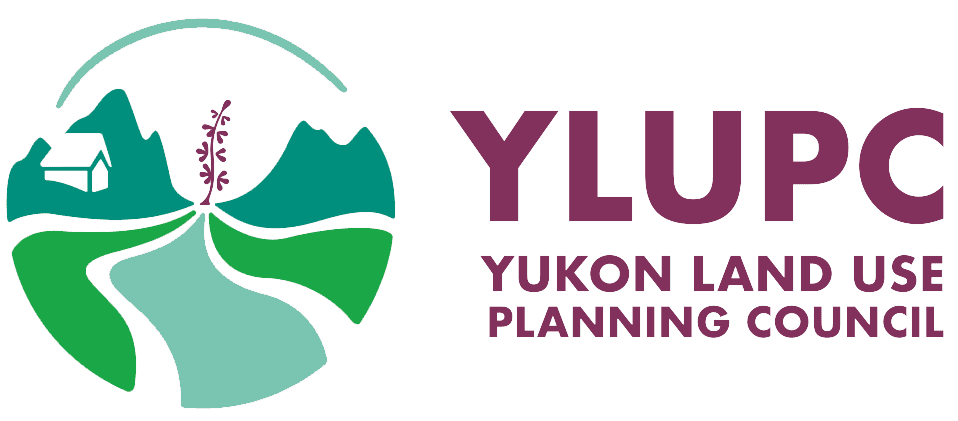Chelsey Jersak, B.A., M.A. – Managing Director of Planning & Communities, Novhaus Inc & Kirk Tyler, Cloudberry Consulting
If we believe conventional wisdom, trade offs in any housing project are impossible to avoid. We’re told to choose two traits—quality, affordability, or speed. We can never have all three at once.
This refrain might sound familiar, but is it really true? And as the north grapples with increasing energy prices and decreasing housing affordability, does the standard refrain offer us the solutions we really need?
We believe it’s time to rethink the conventional wisdom, and begin to realistically explore how to plan and develop housing that meets both our communities’ green desires, as well as our affordable housing needs.
Join us as we discuss planning and policy options for facilitating green, affordable, and efficient housing in the north. This discussion will be grounded in realistic technical options with tangible socio-economic impacts, and will have ample time for questions and answers. Please come prepared for a frank discussion, and bring along a willingness to visualize a new housing future for our communities.
